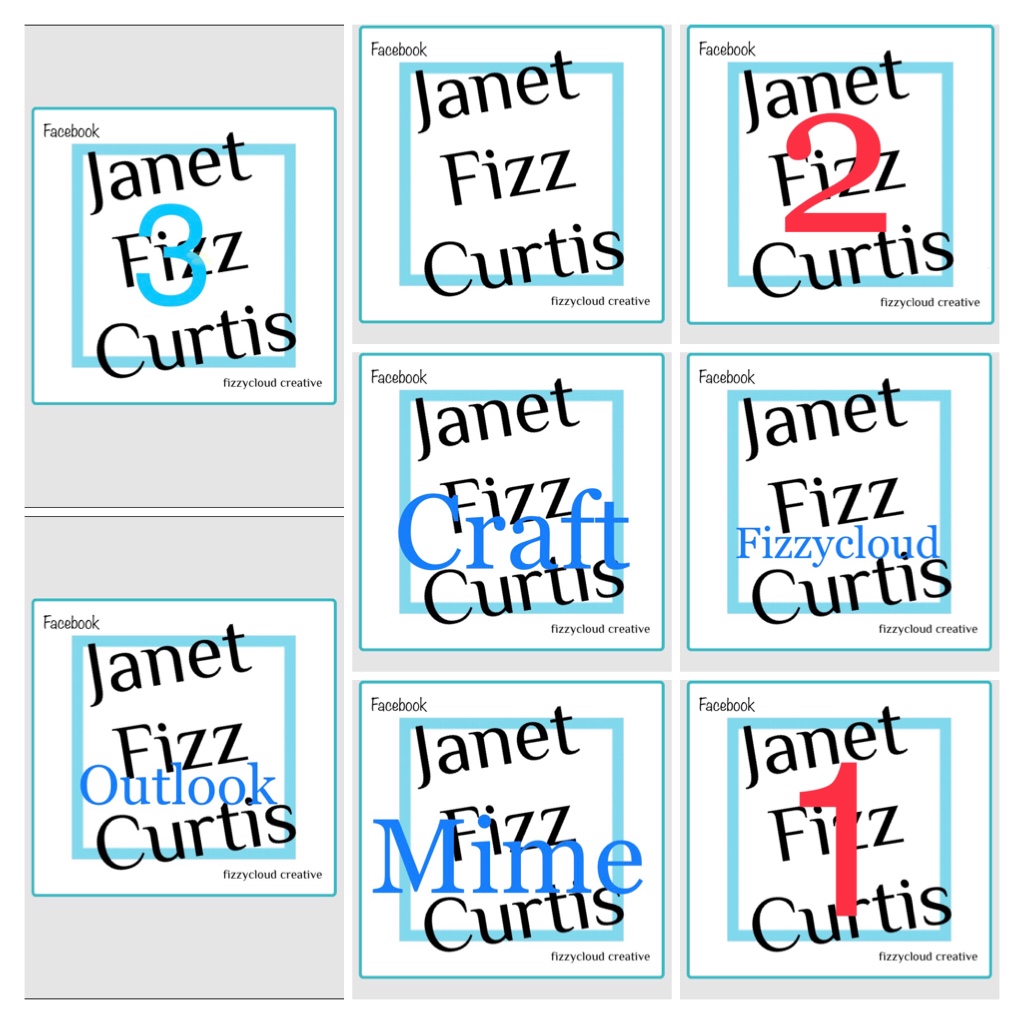Pageants. Mark Edward Perugini
Pageants
What, you may ask, have British pageants got to do with Irene Mawer? Indeed, what is a pageant? Until I learned that Irene Mawer’s second husband was involved in pageants, I had never given them a thought. It turns out, that once I had done some research, I had only had a hazy idea of what a pageant actually is. I had sort of rolled pageants and twentieth century children’s pantomimes into one gelatinous whole – which, it transpires, is quite incorrect.
Much of the following information is taken from a vast database which has recorded over 550 pageants: https://histpag.dighum.kcl.ac.uk/pageants/
To set the scene, imagine a time before there was general access to television, or even to films at the cinema. A time before modern transport links, when people tended to live in the area where they were born and raised. Any visitors to one’s home, or even to one’s village or town could be a special event. A time when a visit from a tradesman who was selling something as simple as gaily coloured ribbons was regarded as the highlight of the week, if not the year, for some socially-starved, rural, isolated, village communities.
After you have imagined yourself into a routine life where your daily activities revolve around the same actions and the same people, next, imagine yourself taking part in a huge outdoor event where hundreds, or even thousands, people came together to act out the history of your village, or town, or city. It would have been a mind-blowing spectacle, full of life, and colour, movement, people, and activity.
With the coming of the modern age, that is, with mass communication through films and television, plus fast, easy transport by train or motorcoach and, of course, the motorcar, pageants naturally grew smaller and gradually died out. Of the pageants which did survive, the first modern one was held in Sherborne, in Dorset in the summer of 1905. Sherborne was a town consisting of only 6,000 people, yet the pageant, with its 900 performers, drew crowds of over 30,000 spectators.
After that first modern pageant, the idea quickly spread and by the time of the Second World War, there were thousands of pageants held throughout Britain. With the changes which came after the war, the pageant was no longer feasible, not least due to their often massive costs.
Pageants were huge and often expensive creative and dramatic spectacles. Mark Edward Perugini was involved in the Pevensey Pageant which was held over six days, in the ruins of Pevensey Castle in Sussex (20-25 July 1908). This event comprised outdoor performances, each afternoon at 2.45pm and was seen by an audience totalling 2000 people. Mark was on the London Advisory Committee, along with twelve other people (all men, I think).
The Advisory Committee was made up of artists: “Most interestingly, however, in what seems a rare arrangement, the pageant was given creative direction from an advisory committee made up of London artists … many of these men were well known in the world of art (making this) an ‘artists’ pageant.
Unfortunately, what the committee of artists gave in creative thinking, they sadly lacked in either business sense, as the pageant made a large loss of £957. Luckily for the people who needed to be paid, the pageant had guarantors – and they were required to cover the financial losses.
Mark may well have been involved in other pageants, but this is the only one that I know about. This was in 1980 and he would have been 32 years old; as yet an unmarried man (he married Violet de Montravel in 1913, when he was 37 years of age, and he married Irene much later, in 1930 when he was 54 and Irene was 37). If he knew Irene’s family in 1908, I don’t have any record of it, and any friendship with Irene would only have been in passing, as Irene was still a pupil in school.

